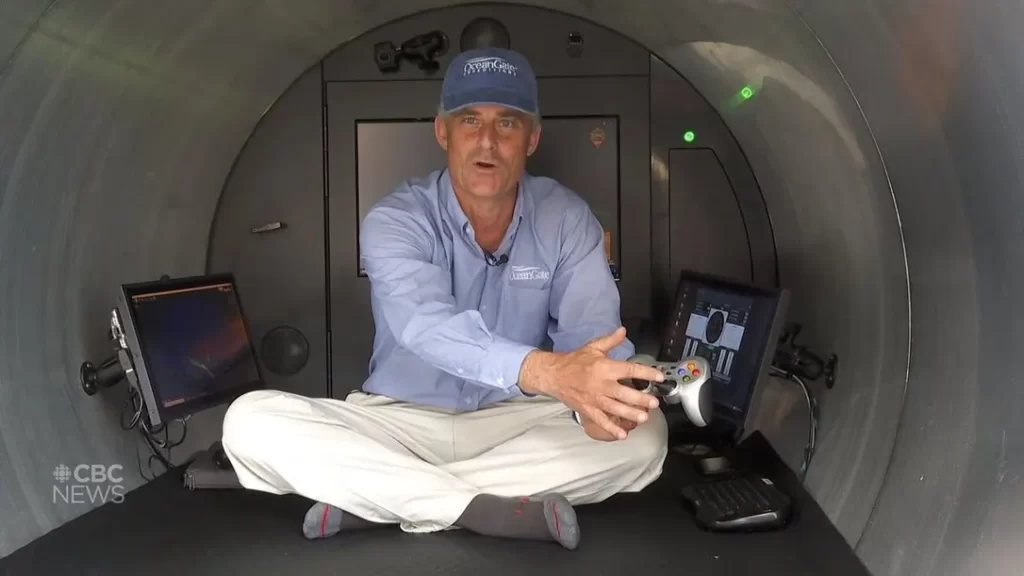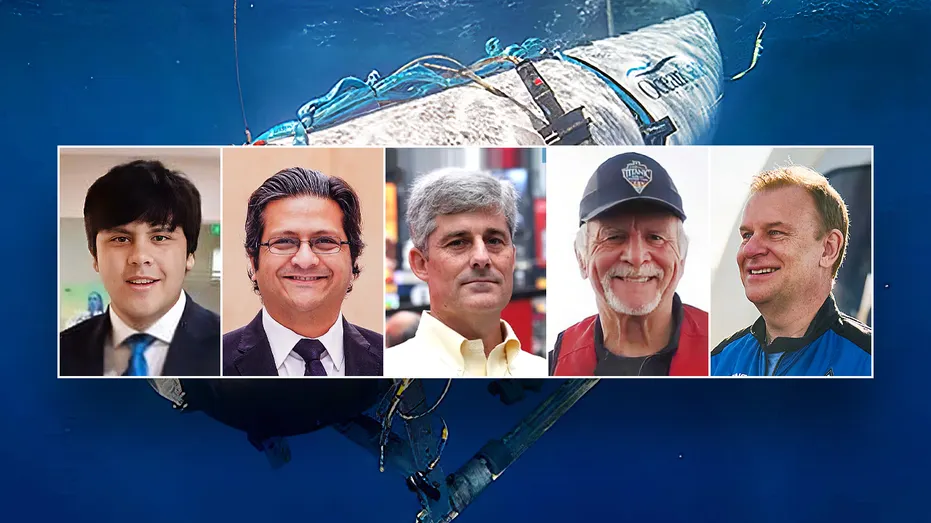
You know that the Titan, a small-sized sub that went to see the Titanic wreck with five passengers, including the founder of Titan, a billionaire, a Guinness World Record holder, a father and a son, has already disappeared at the bottom of the Atlantic sea.
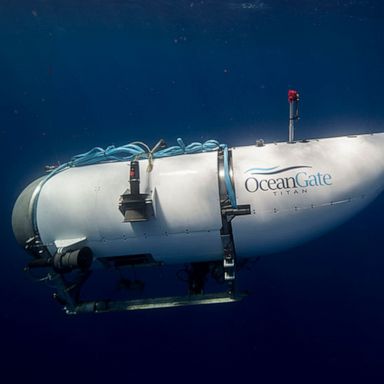
Before talking a little deeper about this incident, let’s talk about this small size sub. Carbon fiber and titanium metal are used as materials to make this pressure vessel.
Its dimensions are 670cm x 280cm x 250cm (22ft x 9.2ft x 8.3ft high) and its weight is 10,432 kg or pounds (23,000 lbs). The maximum depth it can travel is considered to be 4,000 meters or 13,123 feet. If we take the maximum payload and capacity that can be carried, the payload is 685 kg pounds (1,510 lbs) and the capacity is 5 persons (1 pilot + 4 crew).
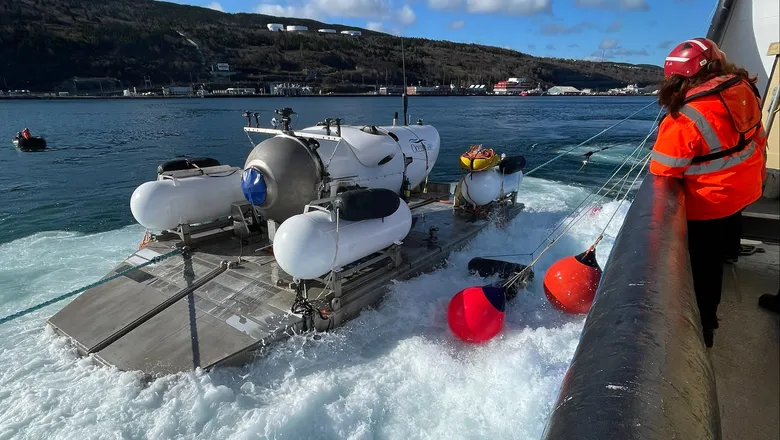
If the Life Support is taken, the oxygen supply required for a period of 96 hours for five adults here is also included. But this may change under the environmental conditions at a depth of over 13,000ft.
Four Innerspace 1002 electric thrusters are used as the propulsion system here. If we talk about the integrated technology of this sub, it includes Sub C Imaging 4k Rayfin camera, Teledyne 2D sonar, 40,000 lumens of external light, 2G Robotics laser scanner, INS/USBL and a Real Time Hull Health Monitoring System.
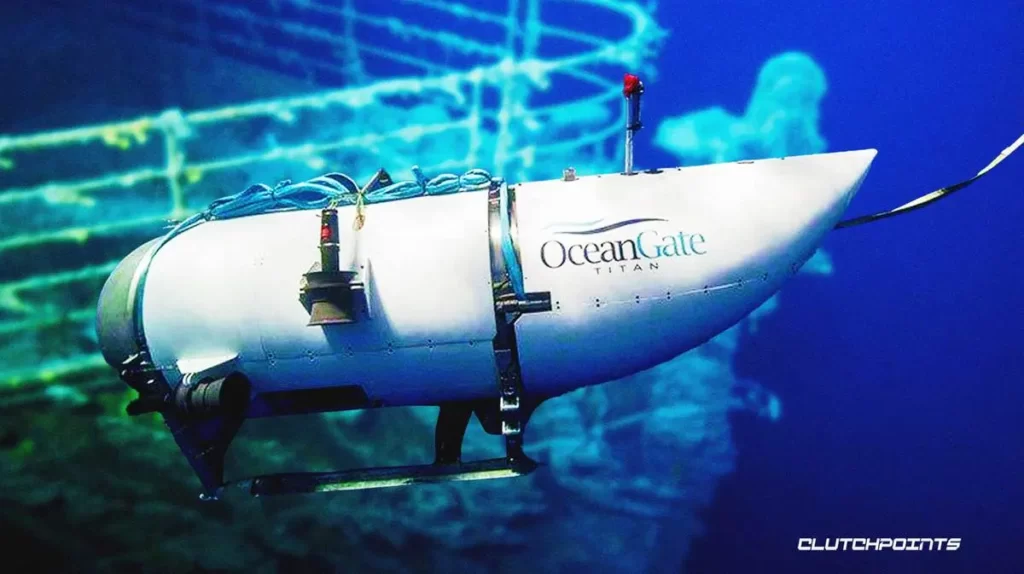
There is something special about this Real Time Hull Health Monitoring System. It is the pressure at the depth of 4000m or 13,123ft where the wreckage of the Titanic is buried. At this depth, the pressure is more than 400 like Atmospheres Pressure. The pressure at this depth is 6000 PSI or 413.685 bars. It’s like having 35 well-grown elephants on your shoulder at the same time.
The percentage of damage that can be done to the hull of the sub at such a large pressure is very high. This is to monitor the damage that can be done at a pressure as large as 6000 PSI. This is the smallest damage that occurs on the hull of the sub. If you detect it, you can immediately stop the sub from submerging.
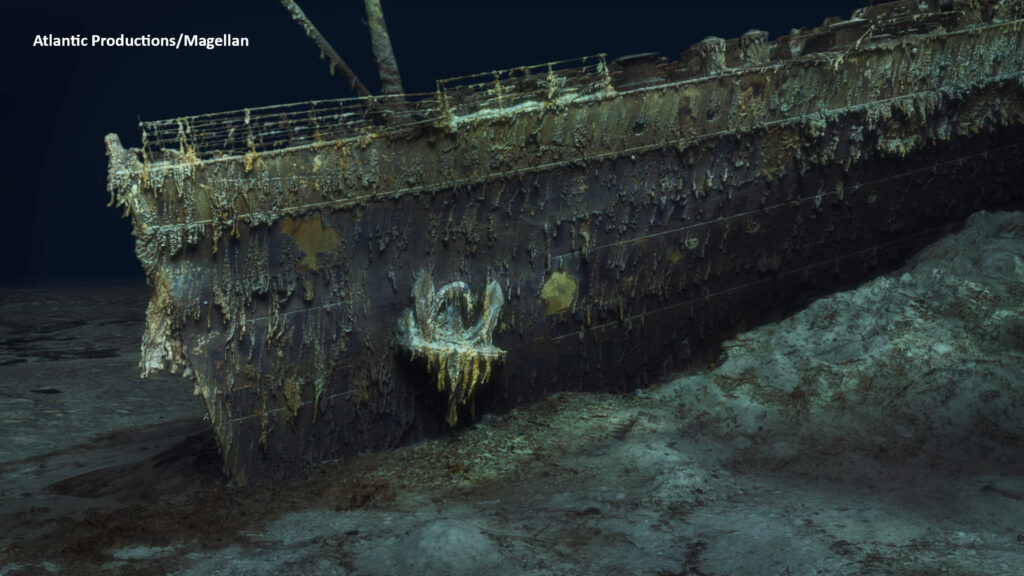
Ok, I think the people have got something in their heads with Sub. Now let’s get to our main points. On June 18, 2023, OceanGate Expeditions’ submarine Titan took five passengers to the bottom of the sea to explore the wreckage of the sunken Titanic. After 1 hour and 45 minutes after the Sub went into the water, their contact with the crew on the surface of the sea was completely lost. Are they still alive? It is still a problem for the whole world.
There are several possible reasons for suspecting this accident.
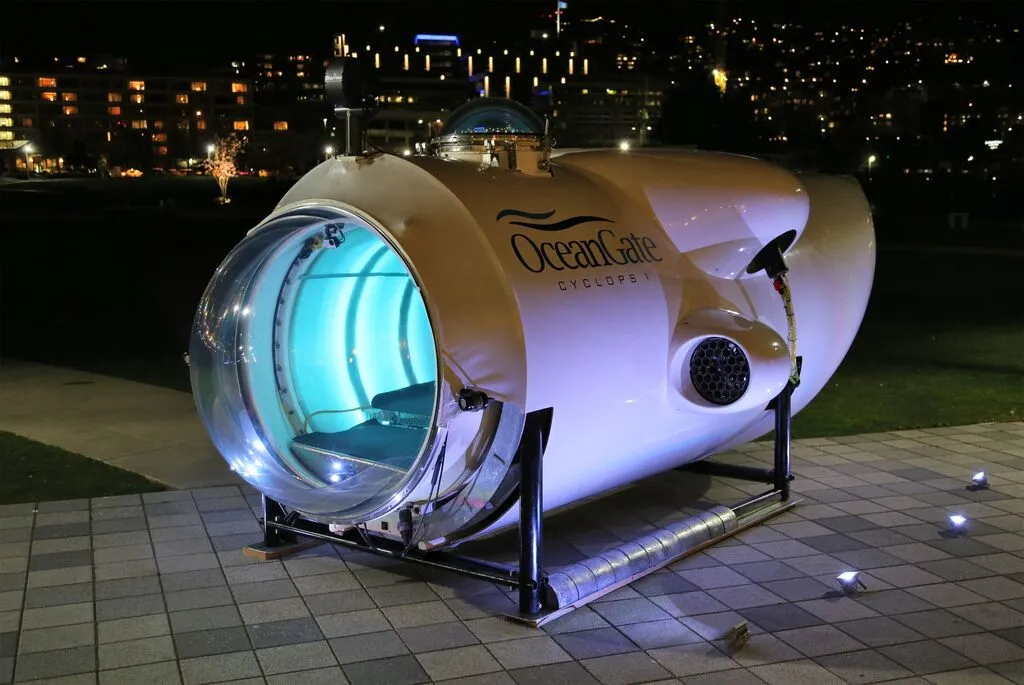
1) Battery or equipment failure
We can take care of a nuclear reactor to supply power to a military level Sub. But this Titan Sub is powered by several small battery packs. Heating system, Communications, Lights, Propulsion system and Navigating system are required to work. All power is supplied through these batteries.
But if there is a catastrophic failure, all the controls of this sub will be lost from the pilot and the sub will sink to the bottom of the Atlantic Ocean. According to experts, the on board crew will die sooner than dying from the loss of oxygen with the extreme cold of the water at such a depth because the heating system is not working. It is possible.
2) Trapped in fishing net
Fishing nets used in the fishing industry are the most common thing that can be seen on the bottom of the sea. If a small sub like this gets entangled in a fishing net like this, it is very difficult to recover. Even in 2005, the propellers of a small Russian sub got caught in a fishing net and got stuck on the seabed due to a failure in the propulsion system. Later, after cutting and removing this net by a British underwater drone, he recovered this small size Sub.
But this sub was stuck at a depth of a few feet. But this Titan sub we are talking about is stuck at a depth of more than 13,000 feet. Reaching such a depth is an extremely difficult task. To reach such a thing, you must first find the location of this Sub. But even if the location is found using Sonar 2076, the best sonar available in the world, this Sub should stop and come to the surface of the sea by itself.
Because with the pressure at this depth, transferring the crew to another sub is not as practical as you might think.
3) Haul failure
Although the pressure is constantly monitored by the Real Time Hull Health Monitoring System, some people suspect that the pressure in the hull of 13,000ft has broken the wall of the hull, killed the crew and sunk the sub to the seabed.
But this opinion is somehow rejected by us. The reason for that is that a Canadian P-3 Air craft had detected some underwater noise. According to them, this is considered to be a sound caused by the crew of the sub.
Now someone may think that how can a flying plane pick up the sounds of the sea in the dark. There are two ways to do this will be
1) Passive detection
2) Active detection
Passive detection works like this: The sonobuoy is dropped into the sea by the aircraft flying over the ocean. It is like a rope that floats on the surface of the sea and stretches several parts towards the sea floor. After that, propellers, machinery and all other types of sounds coming from the seabed are obtained by sending them.
Active detection consists of a web-like part that extends to the seabed along with antennas floating on the surface of the sea. All the data obtained by this will be given to the detected vessel. I will bring a complete description about this later in a separate article.
4) On board fire Due to the fact that some of the parts used to make this sub are home made, there has been a problem with their safety and quality. Due to some failure in the electrical system, there will be a fire in the sub and some people have expressed suspicion that the traveling crew has died.
But this opinion is also rejected by us in some way. Because as I said before, a Canadian P-3 Air craft has detected some underwater noise. If the crew is burned to death due to an on board fire, there is no possibility of silence.
An average human needs 660L of oxygen per day. Now you can understand that the chance of survival here is less than 1% with the remaining oxygen level.
It is a real question that where is the technology of the man who claims that we have a technology that can safely land a man on Mars in the next decade when helicopters will fly to Mars which is 323.18 million km away from the earth.
However, if we can save the 5 including the Titan, this will definitely be one of the greatest rescue missions in the world. In the history of cinema, there will definitely be another great film written under the banner of Ocean disaster like Titanic. Finally, it is said that 1% Chance, 99% Faith.
